The Importance of Hygiene and Infection Prevention in Hospitals
Hospital-acquired infections (HAIs) are a major concern in healthcare facilities. These infections can be caused by bacteria, viruses, fungi, and other pathogens that are present in the hospital environment. Patients who are already in a weakened state due to illness or surgery are more vulnerable to these infections, which can lead to prolonged hospital stays, increased healthcare costs, and even death.
Therefore, promoting hygiene and infection prevention in hospitals is crucial to ensure the safety and well-being of patients, staff, and visitors. By implementing best practices for infection control, hospitals can reduce the risk of HAIs and provide a safer environment for everyone.
Best Practices for Hygiene and Infection Prevention in Hospitals
- Hand hygiene: Staff, patients, and visitors should practice proper hand hygiene using soap and water or hand sanitizer.
- Personal protective equipment: Healthcare workers should wear appropriate PPE, such as gloves, gowns, and masks, when necessary.
- Cleaning and disinfection: Hospital surfaces and equipment should be regularly cleaned and disinfected.
- Isolation precautions: Patients with infectious diseases should be isolated to prevent the spread of infection.
- Vaccinations: Healthcare workers should receive recommended vaccinations to protect themselves and their patients.
By following these best practices, hospitals can create a culture of infection prevention and promote a safe and healthy environment for all.
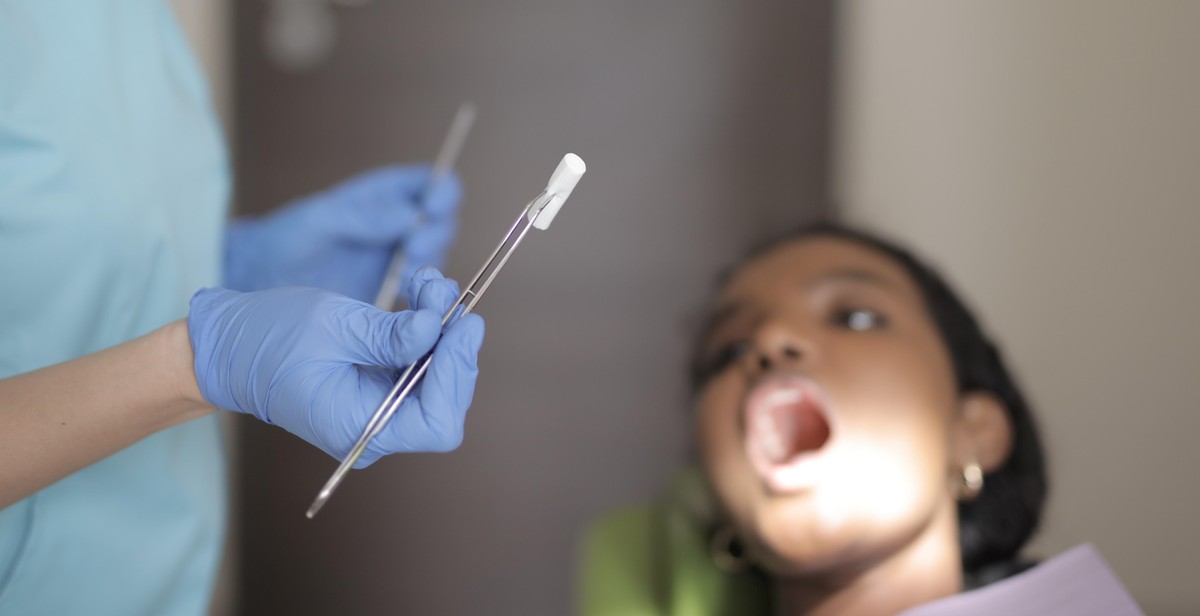
Hand Hygiene: The Key to Preventing Infections in Hospitals
Hand hygiene is a crucial aspect of infection prevention in hospitals. Healthcare workers, patients, and visitors come into contact with numerous germs and bacteria on a daily basis, making it essential to maintain proper hand hygiene practices to prevent the spread of infections.
Why Hand Hygiene is Important in Hospitals
In a hospital setting, hand hygiene is critical to prevent the transmission of harmful microorganisms, including bacteria, viruses, and fungi. Failure to practice proper hand hygiene can lead to the spread of healthcare-associated infections (HAIs), such as MRSA, C. difficile, and E. coli, among others.
HAIs can be particularly dangerous for vulnerable patients, such as those with weakened immune systems, the elderly, and newborns. In addition, HAIs can increase hospitalization time, healthcare costs, and even mortality rates.
Proper Hand Hygiene Techniques
Proper hand hygiene techniques involve washing hands with soap and water or using an alcohol-based hand sanitizer. Healthcare workers should wash their hands before and after patient contact, after handling contaminated materials, and after removing gloves.
When washing hands, it is important to use warm water, lather soap for at least 20 seconds, and rinse thoroughly. Healthcare workers should also avoid touching their face, mouth, or nose with their hands to prevent the spread of infection.
The Role of Hand Sanitizers in Infection Prevention
Hand sanitizers are a convenient and effective way to maintain hand hygiene in a hospital setting. Alcohol-based hand sanitizers can quickly reduce the number of microorganisms on hands, and are often more accessible than sinks for handwashing.
However, hand sanitizers are not a substitute for handwashing. In situations where hands are visibly soiled or contaminated with bodily fluids, handwashing with soap and water is necessary.
| Benefits of Proper Hand Hygiene |
|---|
| Reduces the transmission of healthcare-associated infections |
| Improves patient outcomes and safety |
| Increases healthcare worker safety |
| Reduces healthcare costs |
Overall, proper hand hygiene is essential to prevent the spread of infections in hospitals. Healthcare workers, patients, and visitors should all be aware of the importance of hand hygiene and take steps to maintain good hand hygiene practices.
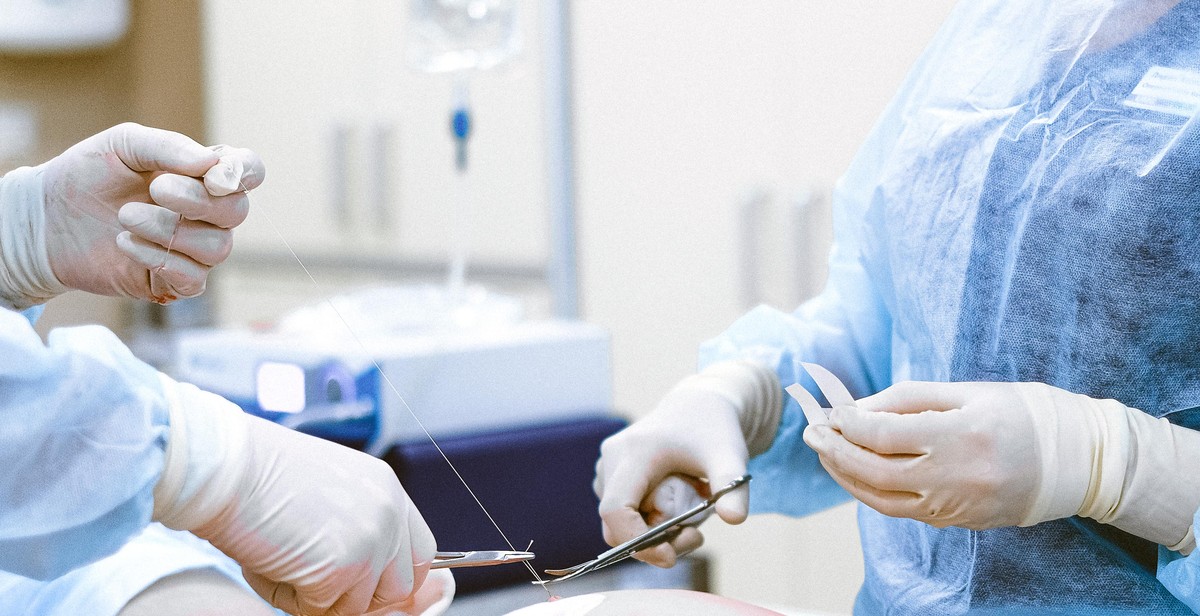
Environmental Hygiene in Hospitals
Environmental hygiene is an integral part of infection prevention in hospitals. It involves keeping the hospital environment clean and free of harmful pathogens that can cause infections. Proper environmental hygiene practices can help to reduce the spread of infections and protect patients, staff, and visitors from harm.
Cleaning and Disinfecting Surfaces
Cleaning and disinfecting surfaces is a critical part of environmental hygiene in hospitals. Hospital surfaces, including floors, walls, and equipment, can harbor harmful pathogens that cause infections. Regular cleaning and disinfection of these surfaces can help to prevent the spread of infections.
Surfaces should be cleaned with soap and water before disinfection. Hospital-grade disinfectants should be used to kill any remaining pathogens. Cleaning and disinfection should be done frequently, especially in high-touch areas like doorknobs, light switches, and telephones.
Proper Waste Disposal
Proper waste disposal is also an essential part of environmental hygiene. Hospital waste, including medical waste, can contain harmful pathogens that can cause infections. Proper disposal of this waste can help to prevent the spread of infections.
Hospital waste should be segregated into different categories, including infectious waste, hazardous waste, and non-hazardous waste. Each category of waste should be disposed of according to specific guidelines set by regulatory bodies. Proper disposal of hospital waste can help to protect the environment and prevent the spread of infections.
The Role of Air Quality in Infection Prevention
The quality of air in hospitals is also critical to infection prevention. Airborne pathogens can cause infections and spread easily in hospital settings. Proper ventilation and air filtration can help to reduce the spread of airborne pathogens.
Hospital ventilation systems should be designed to provide adequate fresh air and remove stale air. Air filtration systems should be used to remove harmful pathogens from the air. Regular maintenance of these systems is essential to ensure their proper functioning.
Conclusion
In conclusion, environmental hygiene is critical to infection prevention in hospitals. Proper cleaning and disinfection of surfaces, proper waste disposal, and good air quality are essential components of environmental hygiene. These practices can help to reduce the spread of infections and protect patients, staff, and visitors from harm.
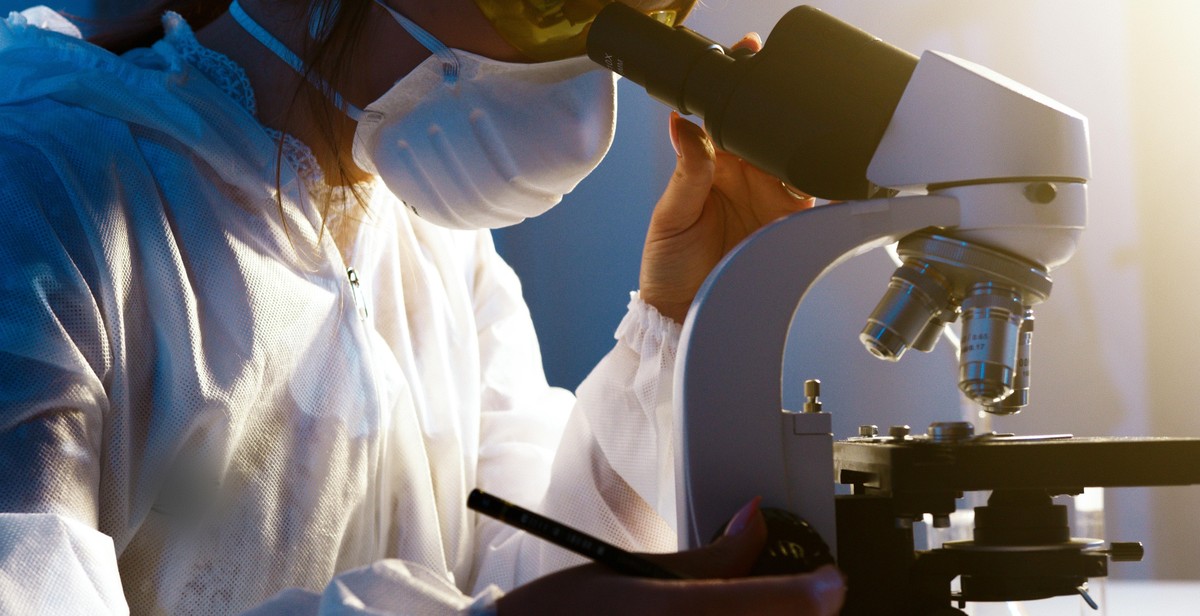
The Importance of Personal Protective Equipment in Hospitals
Personal Protective Equipment (PPE) is essential in promoting hygiene and infection prevention in hospitals. PPE is designed to protect healthcare workers from exposure to infectious agents and hazardous materials that can cause serious illness and even death.
Using PPE can help prevent the spread of infectious diseases, keeping both healthcare workers and patients safe. PPE is especially important in hospitals where patients may have weakened immune systems and are more vulnerable to infections.
Types of Personal Protective Equipment
Several types of PPE are used in hospitals, including:
- Face masks and respirators
- Gloves
- Gowns and aprons
- Eye protection
- Shoe covers
The type of PPE used depends on the task being performed and the level of risk involved. For example, healthcare workers performing procedures that generate aerosols, such as intubation or suctioning, may require a higher level of respiratory protection.
Proper Use and Disposal of Personal Protective Equipment
Proper use and disposal of PPE is crucial in preventing the spread of infectious diseases. Healthcare workers must be trained on how to properly use PPE and when to change or dispose of it.
PPE should be donned and doffed in a specific order to prevent contamination. Hands should be washed before and after donning and doffing PPE.
Used PPE should be disposed of in designated containers and not reused. Healthcare workers should also be trained on how to safely remove and dispose of PPE to prevent exposure to infectious agents.
| PPE Item | When to Use | How to Dispose |
|---|---|---|
| Face masks and respirators | When in close contact with patients | Dispose after use or when damaged |
| Gloves | When in contact with bodily fluids or contaminated surfaces | Dispose after use or when damaged |
| Gowns and aprons | When in contact with bodily fluids or contaminated surfaces | Dispose after use or when damaged |
| Eye protection | When in close contact with patients or performing procedures that generate aerosols | Dispose after use or when damaged |
| Shoe covers | When entering an isolation room or performing procedures that generate aerosols | Dispose after use or when damaged |
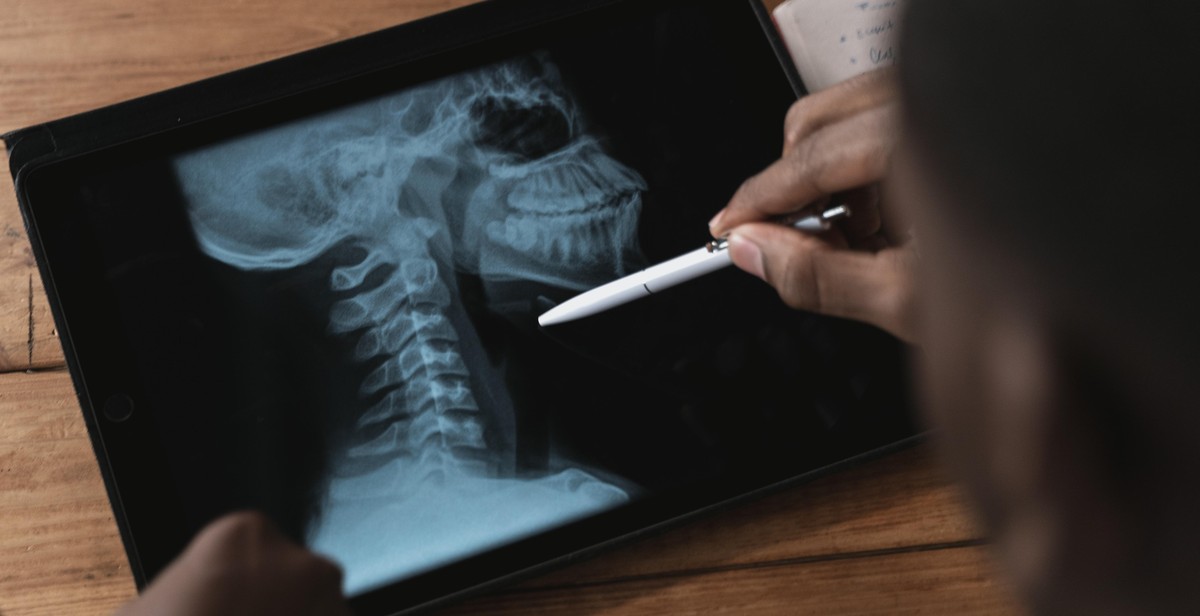
The Importance of Patient Education in Infection Prevention
Education plays a crucial role in preventing the spread of infections in a hospital setting. Patients can unknowingly spread infections to others if they are not aware of proper hygiene practices. Therefore, it is important to provide patients with education on infection prevention to ensure that they understand the importance of maintaining good hygiene practices.
Teaching Patients about Hand Hygiene
Hand hygiene is one of the most effective ways to prevent the spread of infections. Patients should be educated on proper hand hygiene practices, including when and how to wash their hands. They should also be taught about the use of hand sanitizers and the importance of using them regularly.
Teaching Patients about Environmental Hygiene
Environmental hygiene is another important aspect of infection prevention. Patients should be educated on the importance of keeping their environment clean and free of germs. This includes cleaning and disinfecting surfaces, such as bed rails, call buttons, and tables.
Teaching Patients about Personal Protective Equipment
Personal protective equipment (PPE) is essential for preventing the spread of infections in a hospital setting. Patients should be educated on the use of PPE, including gloves, masks, and gowns. They should also be taught about the importance of using PPE correctly and when it is necessary to wear it.
Conclusion
Patient education is a critical component of infection prevention in a hospital setting. By educating patients on proper hygiene practices, hospitals can reduce the spread of infections and provide a safer environment for patients, staff, and visitors.
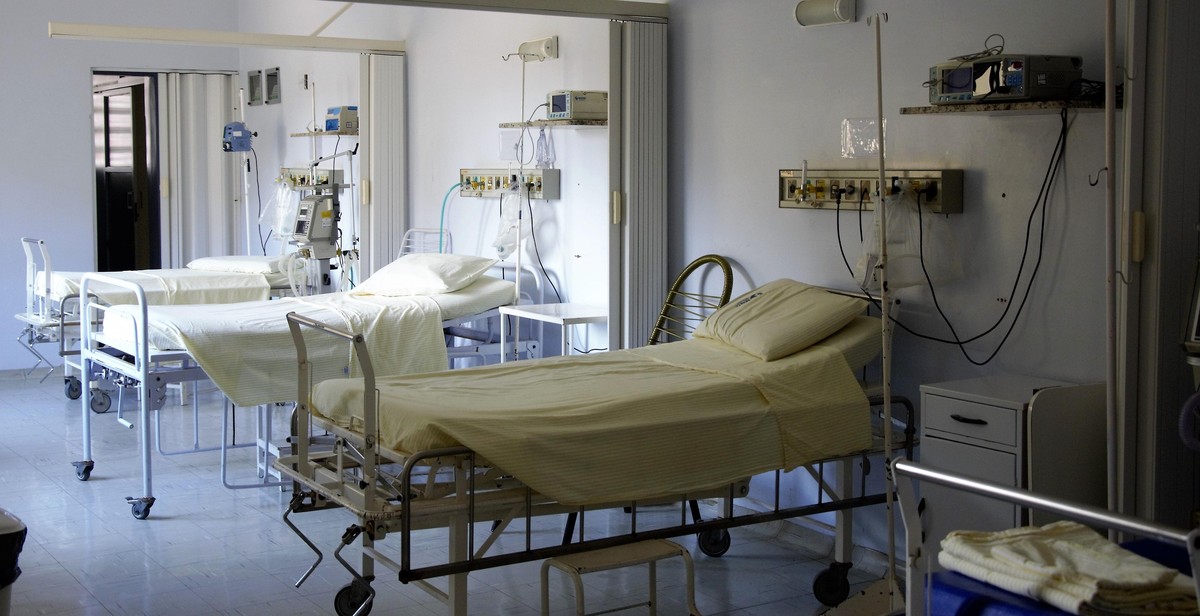
Conclusion
Hygiene and infection prevention are critical in a hospital setting, and it is crucial to promote them to ensure the safety of patients, staff, and visitors. The outbreak of infectious diseases can lead to severe consequences, including loss of life, increased healthcare costs, and prolonged hospital stays. Therefore, it is essential to implement effective strategies to promote hygiene and infection prevention in hospitals.
One of the most effective ways to promote hygiene and infection prevention is through education and training. Hospital staff, patients, and visitors should be educated on the importance of maintaining good hygiene practices, such as regular hand washing, proper use of personal protective equipment, and proper disposal of waste materials.
Another crucial aspect of promoting hygiene and infection prevention in hospitals is the implementation of strict policies and procedures. Hospitals should have clear guidelines on the use of personal protective equipment, cleaning and disinfection protocols, and isolation procedures for patients with infectious diseases.
Regular monitoring and auditing of hygiene and infection prevention practices can also help identify areas that need improvement and ensure compliance with established policies and procedures.
In conclusion, promoting hygiene and infection prevention in a hospital setting requires a collaborative effort from all stakeholders, including hospital staff, patients, and visitors. By implementing effective strategies, hospitals can minimize the risk of infectious diseases and provide a safe and healthy environment for everyone.
